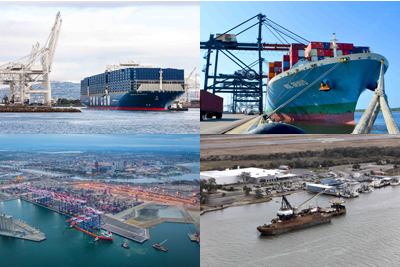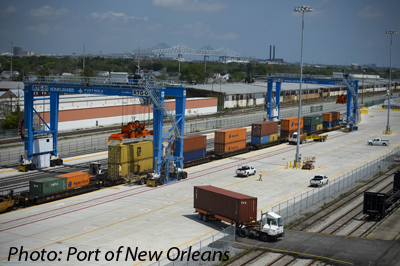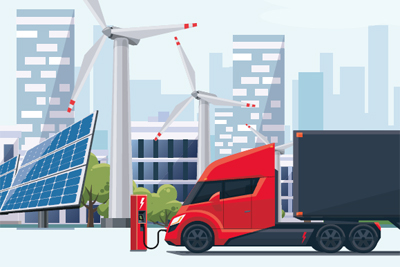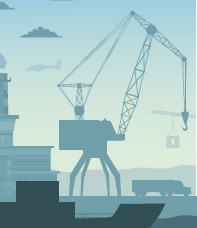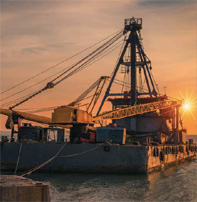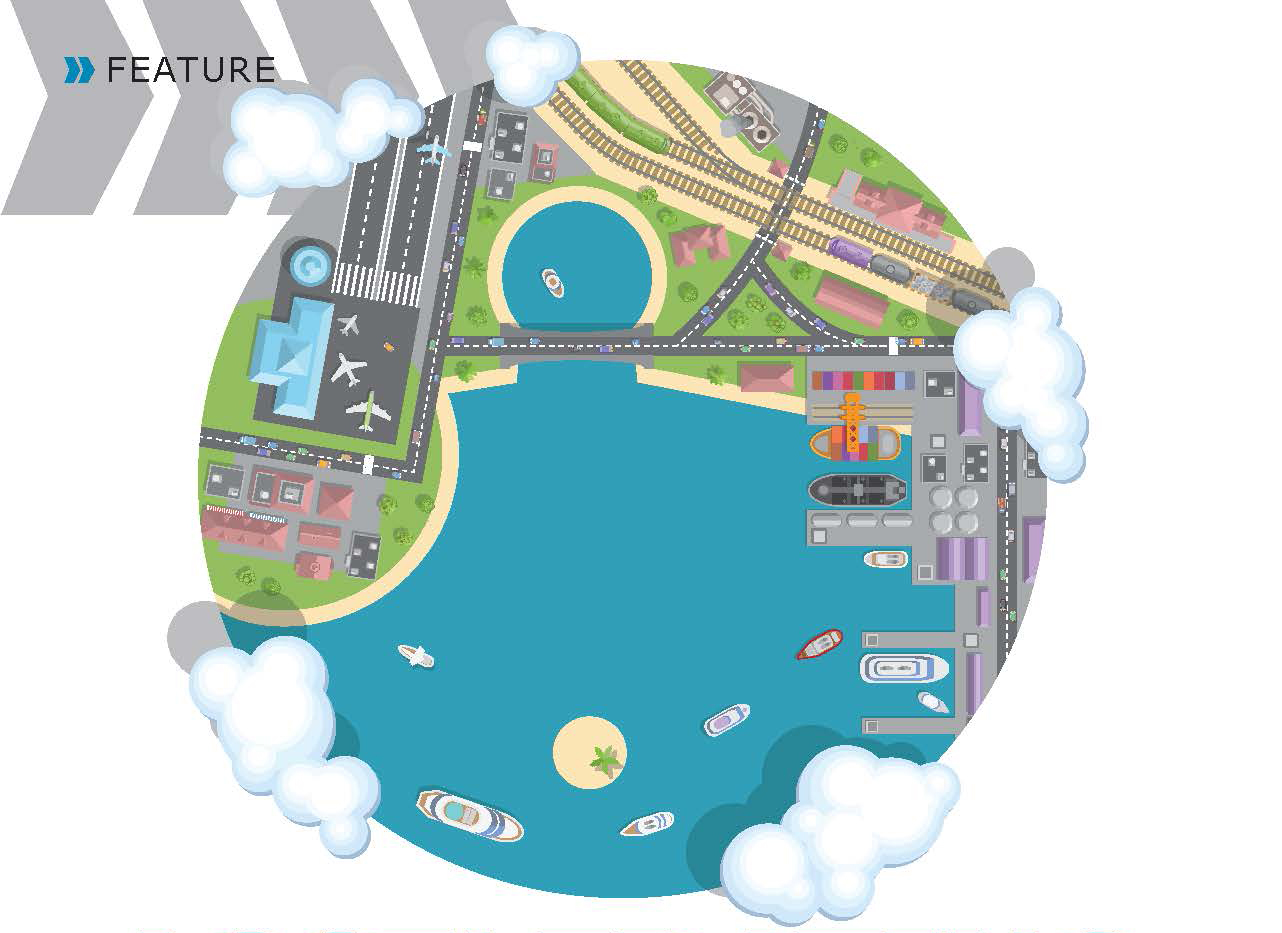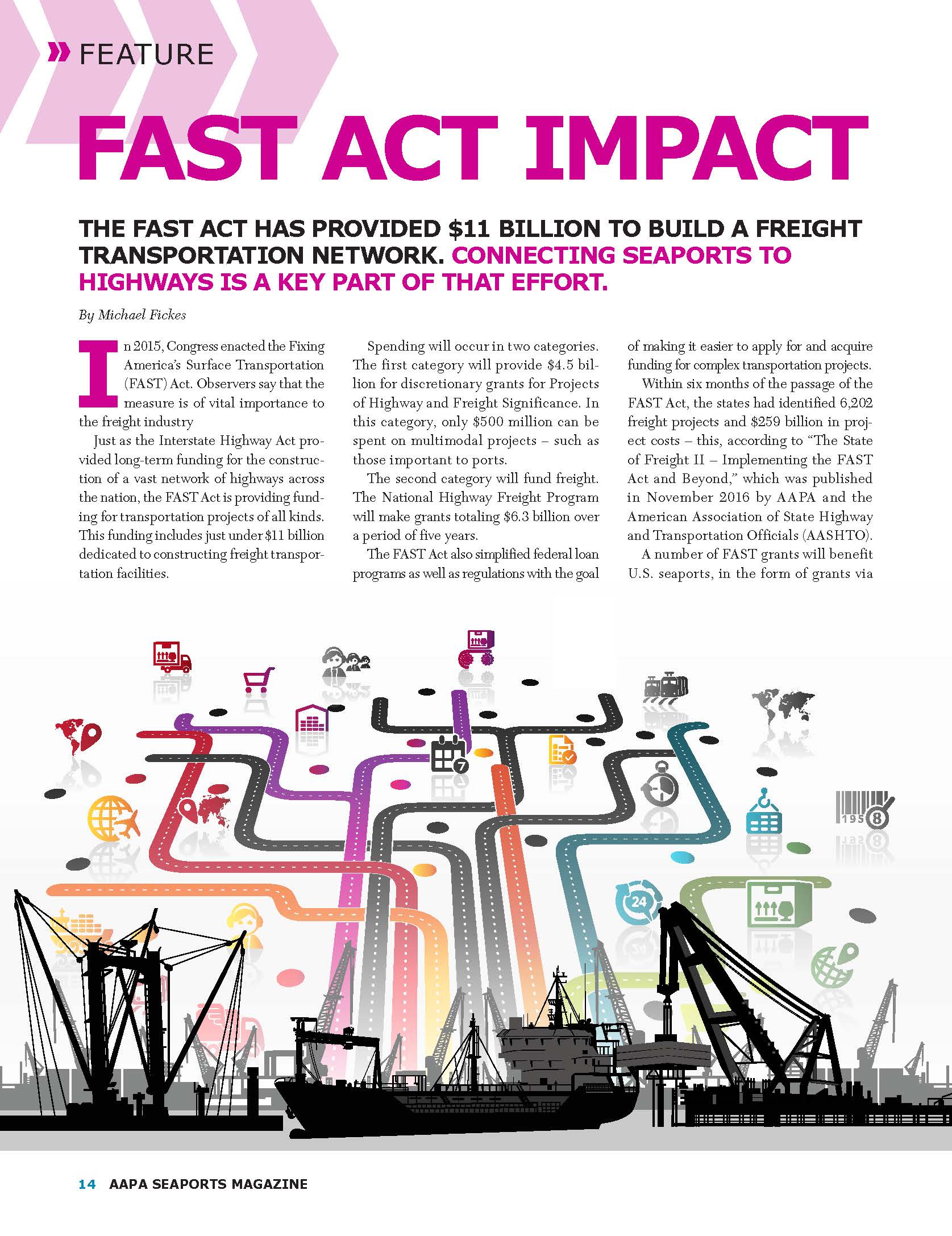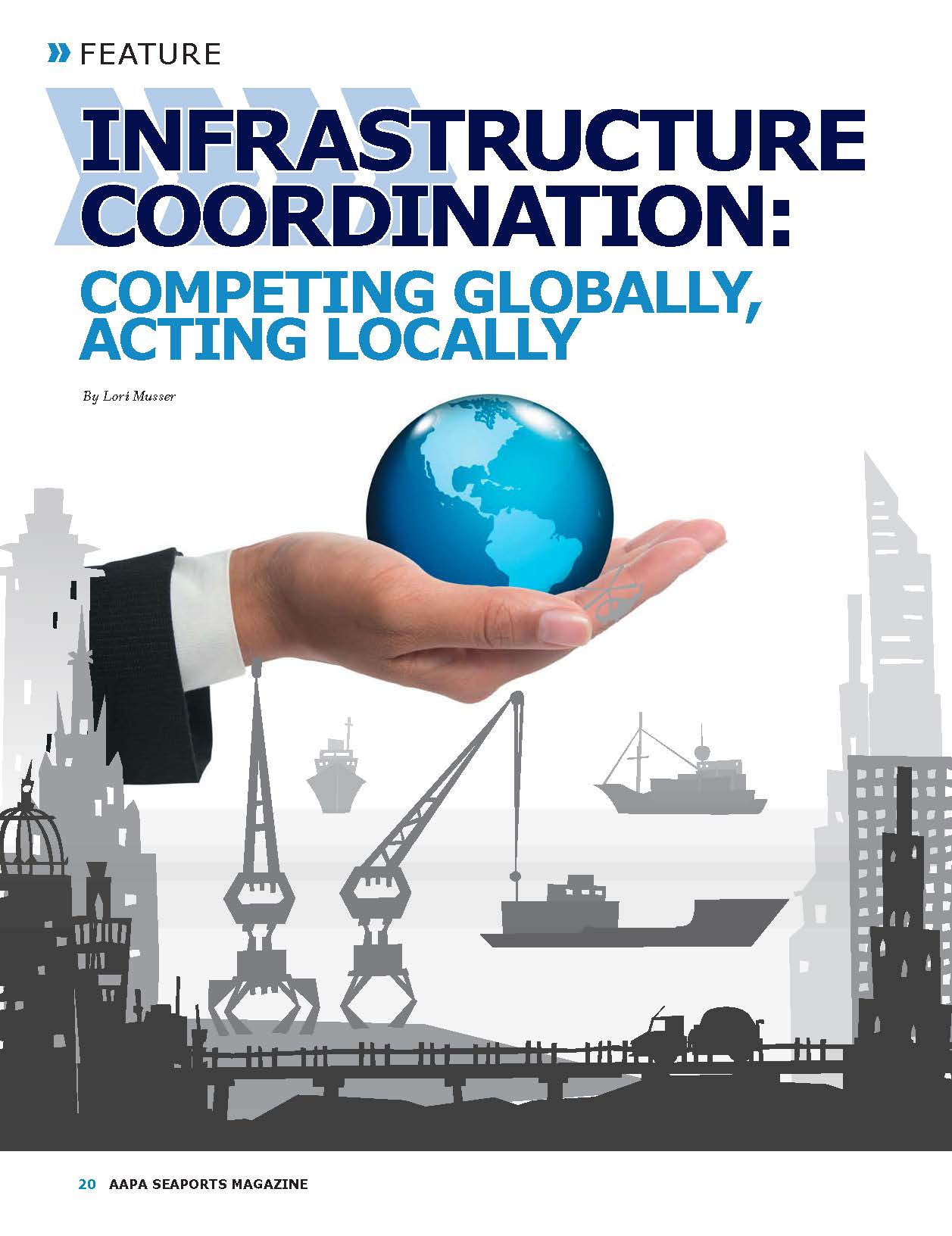Changes in ship sizes, especially the differences in sizes, are requiring ports to consistently update the way in which these ships are received and processed and the infrastructure needed to do so. * By Mary Lou Jay * Over the past two decades, the largest vessels in the world’s shipping fleet have more than doubled in size. In 2005, the ...
Read More »Infrastructure
INTERMODAL UPDATE – TRAINS: On-Dock Rail and Short Lines Are Critical
Infrastructure updates continue to change the Western Hemisphere railroad map as well as the scope and scale of train services. In addition, business deals, investments, personnel changes and technology are changing the outlook for train service. * By Bridget Gorman Wendling * Ports are the hubs for the ships, barges, trains and trucks that keep freight moving and advance national and ...
Read More »INTERMODAL UPDATE – TRUCKS: New Fueling Options Poised to Transform Trucking
Autonomy, ELD mandates and driver shortages are making headlines, but it is the rising number of fueling options that might have the biggest effect on ports and their relationships with the trucking industry. * By Sandy Smith * The trucking industry is experiencing some monumental changes – and more are expected in the near future. Autonomous vehicle technology, electronic logging ...
Read More »SUPER-lative Snapshots
Some ports and companies are taking superlatives to a new level. Inspiring and intriguing, it isn’t hard to imagine how they caught our eye as some of the cleanest, largest, grandest, fastest, handiest, deepest and busiest operations around. These information-packed snapshots show how changes in technology and transportation are fueling powerful, attention-grabbing stories and ideas at ports around the world. ...
Read More »Business Boom: Ports Report Record-Setting 2017
Anyone wondering if U.S. and Canadian ports have finally recovered from the 2007-2009 recession has only to look at the record-setting numbers for 2017 that many have posted. By Mary Lou Jay— Anyone wondering if U.S. and Canadian ports have finally recovered from the 2007-2009 recession has only to look at the record-setting numbers for 2017 that many have posted. ...
Read More »Dredging Demands
Dredging is a demanding task – but for a port to deliver more and better economic benefits to its region, it has to take on the tough projects, and dredging is one of them. By Lori Musser— Every port, even those fortunate few carved deeply by receding glaciers, have to dredge at some point. It is a demanding task – ...
Read More »Anticipating Change… Progress Through Port Diversification
Aport with all its eggs in one basket is unlikely to succeed in the long run. But just how does one attract a fresh line of business, such as cruise for a cargo port, LNG for a breakbulk port, or international trade for a domestic port? By Lori Musser As commodity or economic cycles wax and wane, so too will ...
Read More »Accelerating the Future: Infrastructure Construction: Smart Decisions Up Front Pay Off Long Term
Large scale port infrastructure projects are time-consuming and expensive, but taking the right steps up front can reduce costs, shorten timetables and increase stakeholders’ satisfaction. By Mary Lou Jay Large scale port infrastructure projects are time-consuming and expensive, but taking the right steps up front can reduce costs, shorten timetables and increase stakeholders’ satisfaction. Define the Business Case “Any organization ...
Read More »FAST Act Impact
By Michael Fickes FAST ACT IMPACT The FAST Act has provided $11 billion to build a freight transportation network. Connecting seaports to highways is a key part of that effort. In 2015, Congress enacted the Fixing America’s Surface Transportation (FAST) Act. Observers say that the measure is of vital importance to the freight industry. Just as the Interstate Highway Act ...
Read More »Infrastructure Coordination: Competing Globally, Acting Locally
By Lori Musser INFRASTRUCTURE COORDINATION: COMPETING GLOBALLY, ACTING LOCALLY It is a tall order. Nations rely on seaports to improve national competitiveness, respond to rapid shifts in global trade and transportation, and generate economic growth. The fact that almost every operational, infrastructure and communication element at every port and inland link in the U.S. is owned by the private sector ...
Read More » AAPA Seaports
AAPA Seaports
